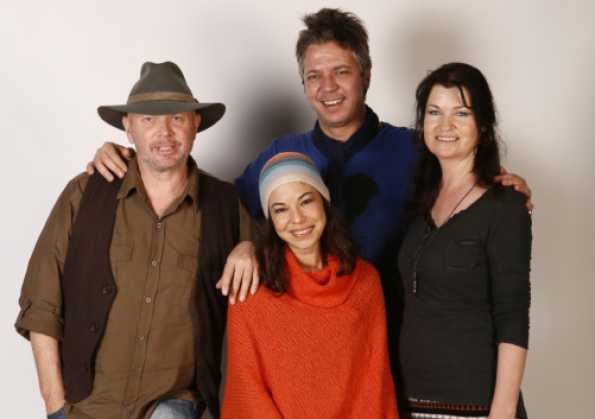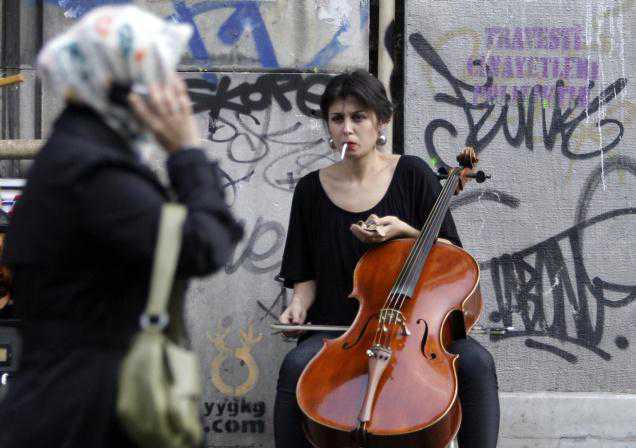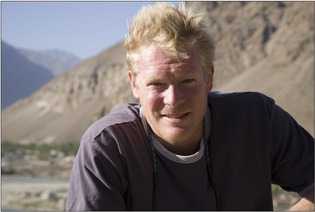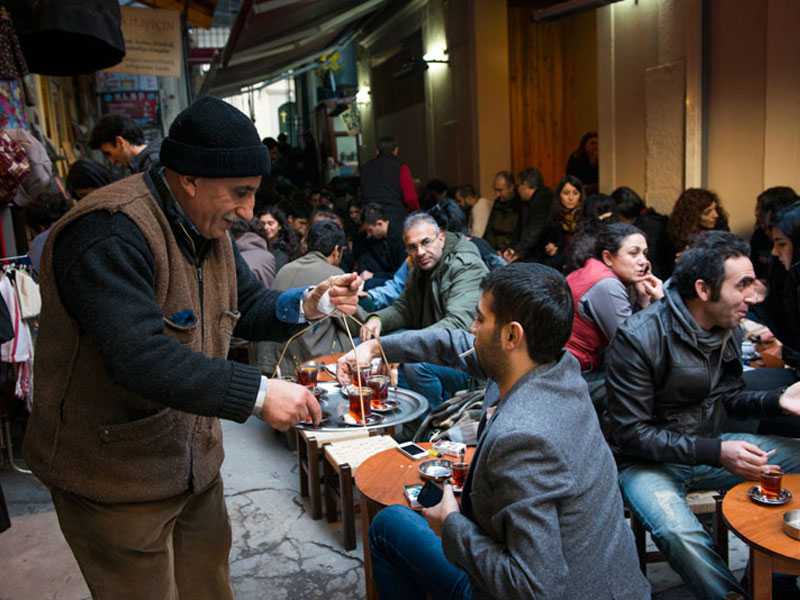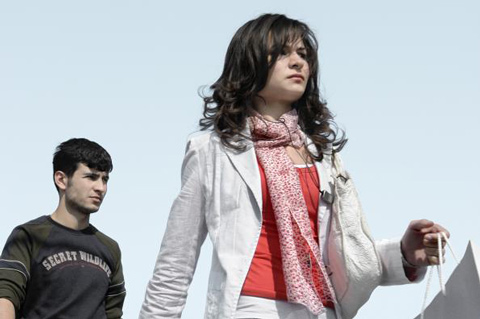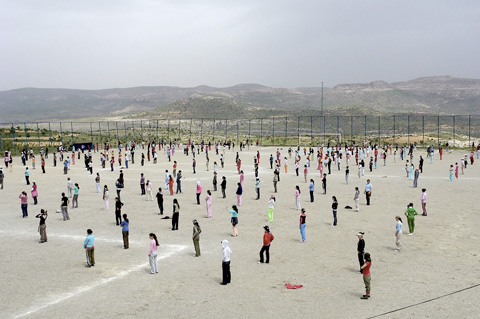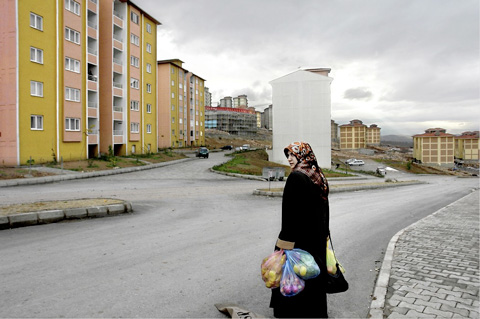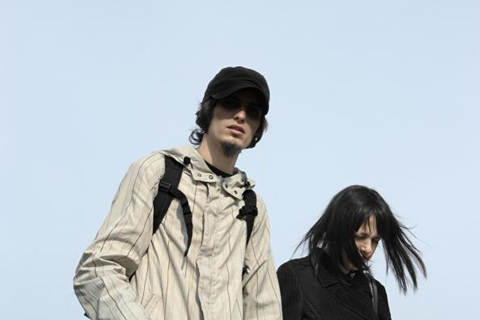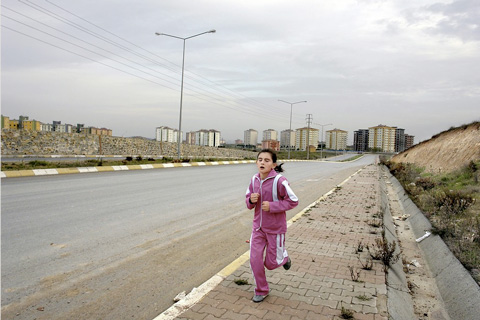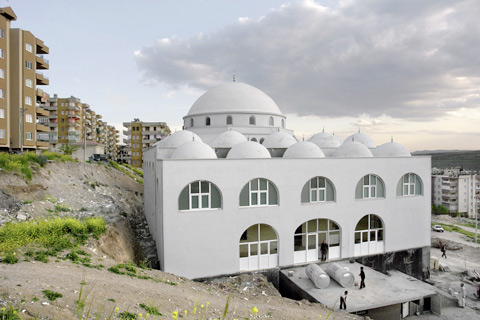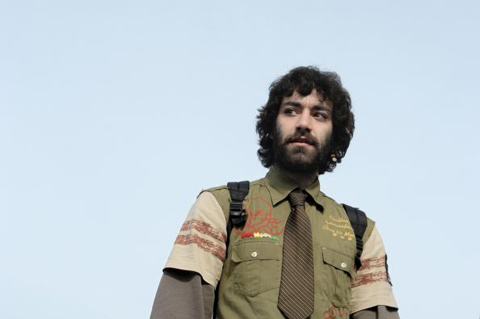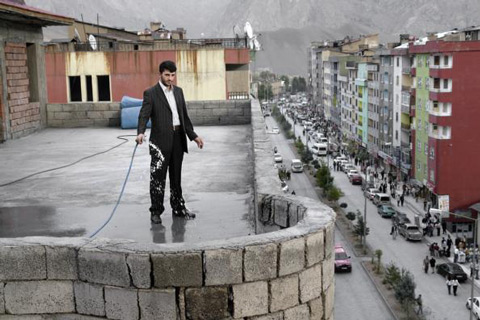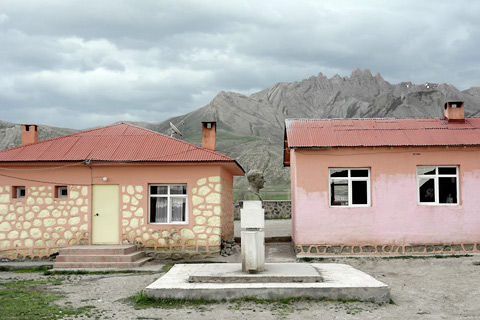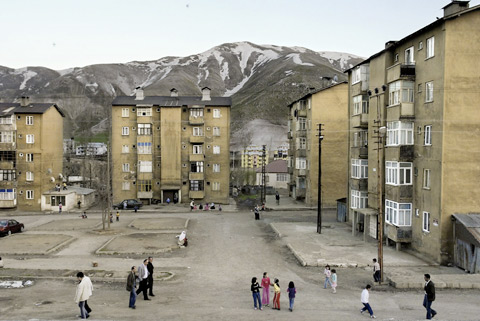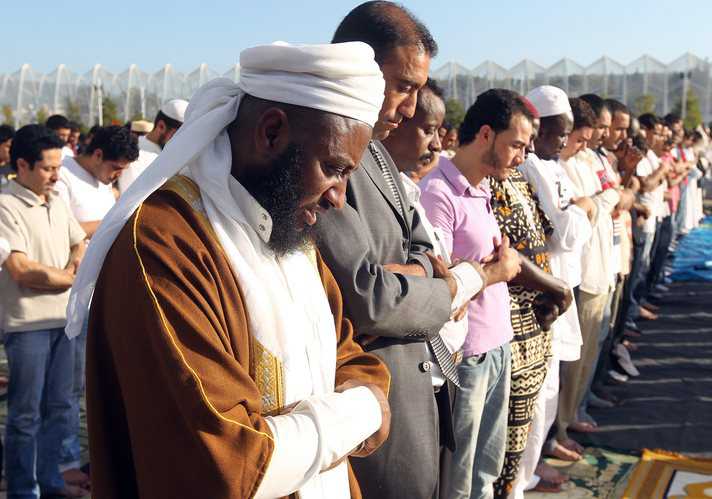Izmir: Losing Oneself In The Maze Of Kemeraltı
We’ve made this comparison before, but for us, when it comes to size and personality, Izmir is to Istanbul what Manchester is to London in the UK. Izmir is completely different to Istanbul but it’s impossible not to make such a comparison.
Both cities link their opposite shores by ferries (and Izmir uses the iconic Istanbul ferries to cross it’s choppy waters). Both cities have a pedestrianised shopping street – Istiklal Caddesi in Istanbul and Kıbrıs Şehitleri Caddesi in Izmir – with lively bars and eateries fanning off to each side. Both cities have a covered bazaar (but that’s for another post) and, around these covered bazaars, both cities have a maze of crowded streets selling all manner of goods…
Welcome to Kemeraltı
Everything in Izmir is on a smaller, more accessible, less overwhelming scale than Istanbul, and Kemeraltı isn’t huge…but we still managed to get completely lost in the area.
Kemeraltı, Izmir
Most of the streets are covered so navigation is difficult
The streets around Kızlarağası Hanı, Izmir’s answer to Istanbul’s covered bazaar, are not much different to those around the grand bazaar. They’re not picturesque but they’re packed with bargains, a whole array of haberdashery, clothes, footwear, jewellery and foods.
Shopping In Kemeraltı, Izmir
Kemeraltı is packed with nuts, grains and pulses for sale
Kemeraltı does a great job of holding your interest and it’s well worth a morning of your time. We went there twice while we were staying in Izmir, and here’s a tip for you: If you want to wander around without jostling for space with a hefty-sized portion of Izmir’s population, go to Kemeraltı in the morning and don’t go on a Saturday.
That’s why we went twice! Our first attempt was on a breezy, sunny Saturday afternoon and we were there to look for Kızlarağası Hanı. Crowds in ancient, narrow streets packed with noisy street traders are not a good recipe for trying to get elsewhere with purpose, especially when you don’t know where you’re going! We decided to call it a day and return another time.
Simitçi, Kemeraltı, Izmir
Just wander
No, as a new visitor to Izmir, you should just surrender to Kemeraltı; wander aimlessly, get hopelessly lost, browse the stalls and breathe in the atmosphere – Kemeraltı is a different world compared to the streets of Alsancak. While Alsancak makes sure it is the epitome of modern, secular Turkey, Kemeraltı is where you come to view the evidence of Anatolia’s centuries old trading traditions and it’s where you come to try Izmir’s famous fincanda pişen Türk kahvesi (turkish coffee boiled in the cup) – you’ll stumble across one of these places all in good time. Remember, don’t come to Kemeraltı with a mission.
Seafood, Kemeraltı, Izmir
Seafood for sale, to take home or eat in Kemeraltı
Kemeraltı also has its own little fish market area. The family running this particular stall also had a small seafood lokanta just opposite selling cheap seafood meals. This was one of the places we promised ourselves we’d come back to try – but amongst the söğüş and Çeşme kumrusu, we really did run out of days. We never went hungry in Izmir…and we now have an excuse to go back to try out the places we missed first time round.
Fruit For Juicing, Kemeraltı, Izmir
A fruit pit stop for the thirsty explorer
And aimless wandering can be thirsty work – even after you’ve stopped for the famous Turkish coffee – but Kemeraltı is perfectly adept at keeping you fed and watered. How’s this for a pit stop? There’s a row of three or four of these little stands and they’re rammed with vibrant fruit displays. The fruits are just waiting to be juiced to quench your thirst.
No seating here. Elma suyu (apple juice), nar suyu (pomegranate juice), portakal suyu (orange juice), kavun, ananas, şeftali, havuç (watermelon, pineapple, peach, carrot) are all freshly squeezed for the passer-by. And yes, you can mix the fruits, too.
Join the fast-moving queue, shout to the juice guy which you want and he makes it there and then. A small glass of orange juice is passed over, 50 kuruş (yes, budget traveller, you read that right, 50 kuruş) is paid, you knock back the juice, pass your glass back and move on, your thirst quenched. Now you’re ready to go and find Kızlarağası Hanı…but we’ll tell you about a much easier way to find it, taking in another side of Kemeraltı in the process, in another post…
via Izmir: Losing Oneself In The Maze Of Kemeraltı | Turkey’s For Life….
